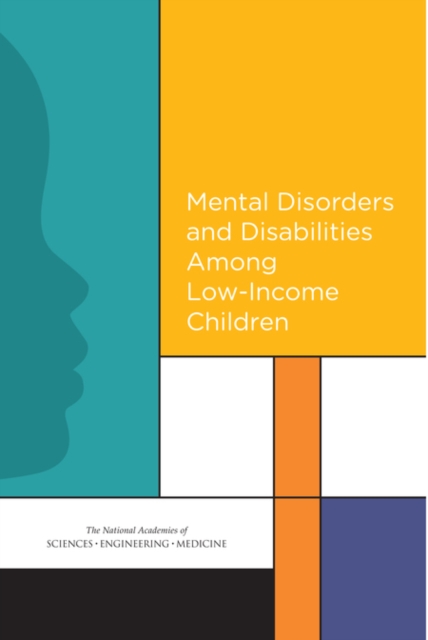
Mental Disorders and Disabilities Among Low-Income Children PDF
by Engineering, and Medicine National Academies of Sciences, Institute of Medicine, Youth, and Families Board on Children, Board on the Health of Select Populations, Committee to Evaluate the Supplemental Security Income Disability Program for Children with Mental D
Edited by Joel T. Wu, Thomas F. Boat
Description
Children living in poverty are more likely to have mental health problems, and their conditions are more likely to be severe. Of the approximately 1.3 million children who were recipients of Supplemental Security Income (SSI) disability benefits in 2013, about 50% were disabled primarily due to a mental disorder. An increase in the number of children who are recipients of SSI benefits due to mental disorders has been observed through several decades of the program beginning in 1985 and continuing through 2010. Nevertheless, less than 1% of children in the United States are recipients of SSI disability benefits for a mental disorder.
At the request of the Social Security Administration, Mental Disorders and Disability Among Low-Income Children compares national trends in the number of children with mental disorders with the trends in the number of children receiving benefits from the SSI program, and describes the possible factors that may contribute to any differences between the two groups. This report provides an overview of the current status of the diagnosis and treatment of mental disorders, and the levels of impairment in the U.S. population under age 18. The report focuses on 6 mental disorders, chosen due to their prevalence and the severity of disability attributed to those disorders within the SSI disability program: attention-deficit/hyperactivity disorder, oppositional defiant disorder/conduct disorder, autism spectrum disorder, intellectual disability, learning disabilities, and mood disorders. While this report is not a comprehensive discussion of these disorders, Mental Disorders and Disability Among Low-Income Children provides the best currently available information regarding demographics, diagnosis, treatment, and expectations for the disorder time course - both the natural course and under treatment.
Information
-
Download - Immediately Available
- Format:PDF
- Pages:472 pages
- Publisher:National Academies Press
- Publication Date:28/10/2015
- Category:
- ISBN:9780309376860
Information
-
Download - Immediately Available
- Format:PDF
- Pages:472 pages
- Publisher:National Academies Press
- Publication Date:28/10/2015
- Category:
- ISBN:9780309376860






